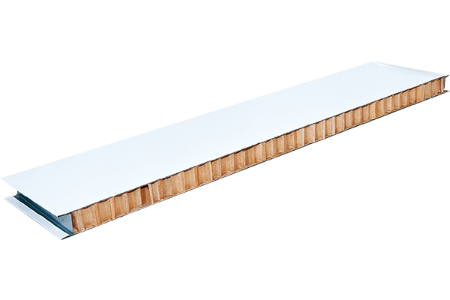Aluminum extrusion profiles are used for the construction of clean room or other environments that require strict control of contaminants. They are lightweight, durable and corrosion-resistant. They can also be cut, drilled and machined to create custom shapes and sizes.
Typical aluminum extrusion profiles include U-channel, angle aluminum, outer coving, two way, T shape pro-file, ring grid, connection profile, special profile for new materials and window/-door profile. They are mainly used to construct walls, ralceilingsuc and other struts in clean room environments.

The basic principle of aluminium profile systems is to replace steel with aluminum as the structural material of choice. Aluminium is lighter than steel, more ductile and can be formed in various ways - whether hot or cold. It does not corrode quickly and needs no time-consuming protective measures, so the overall cost of the system is low compared with the use of steel in specialist mechanical engineering applications.
In addition, the aluminium extrusion system can be manufactured using a wide range of alloys and surface coating techniques to suit different automation applications and any performance weight requirements. In fact, the versatility of the aluminium extrusion system makes it a popular and growing option for weight reduction efforts in end-use industrial processes as well as in automobiles and other consumer products.
The surface treatment process can be done either through chemical action or by rubbing the surface to produce a shiny, smooth finish. In some cases, the aluminium profile is coated with powder to produce thicker coats than conventional liquid coats. This can improve the durability and strength of the aluminum extrusion profile, as well as the appearance.




 中文简体
中文简体 English
English











 online service
online service 86-400-000-5136
86-400-000-5136
 400-000-5136
400-000-5136



